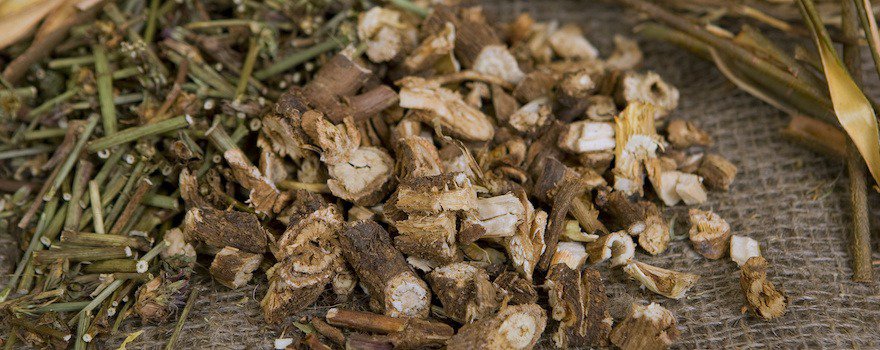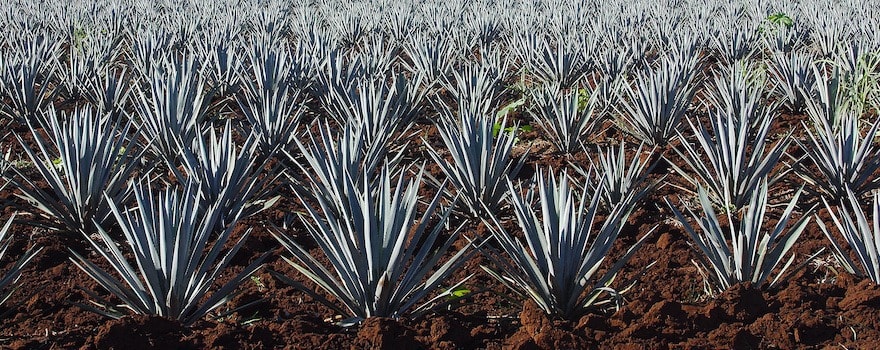What is inulin?
Inulin is naturally found in bananas, garlic, leeks, Jerusalem artichokes, salsify, onions, asparagus, artichokes and chicory.
Some cereal products like wheat and rye also contain it.
Inulin refers to a mixture called polysaccharides, composed of molecules of several sugars: fructose and glucose.
It serves as a sugar reserve for the plants that contain it, and its characteristic is its sweet taste.
Inulin is both a dietary fiber (it resists the action of digestive enzymes) and a prebiotic, serving as food for our gut flora.
Thus, it arrives intact to a large extent at the colon, where it can play health-beneficial roles.
What are its benefits?
Preservation of intestinal microbiota
The intestinal microbiota is the set of microorganisms (bacteria or yeasts) that live in our intestines.
It constitutes an organ in its own right having an essential role in protection against certain diseases.
Among which are obesity, diabetes, inflammatory bowel diseases, and even behavioral disorders.
Inulin increases the number of good bacteria in the intestine, including bifidobacteria and lactobacilli, by stimulating their growth.
This is why inulin is described as a prebiotic.
This study shows that a diet rich in inulin induces a beneficial modification in the composition of the intestinal microbiota.
The good health of our gut flora is also directly linked to our immunity.
The intake of prebiotic fibers like inulin improves the immune system defense and resistance to infections, as indicated by this study.
Reduction in allergy risk
Bacterial diversity in the intestine plays a crucial role in the development of allergic diseases, such as allergic rhinitis or eczema.
This trial proved that fiber supplementation in infants’ foods could prevent eczema.
This other study followed children during their first two years of life.
It concluded that those who received a prebiotic supplement were less likely to develop allergic symptoms (breathing difficulties, hives, atopic dermatitis) compared to non-supplemented children.
Assists in weight loss
The intake over two weeks of vegetables like inulin reduced the desire to eat fatty, sweet, and salty foods, and increased the feeling of fullness with a reduction in appetite, as shown by this protocol.
The results persist for 3 weeks after the end of the inulin intake.
Additionally, in this same research, researchers also observed a decrease in food cravings.
Prebiotic fibers provide essential support in the treatment of eating disorders influenced by emotional behaviors (stress, mood).
This trial, conducted over 3 months with 150 obese patients, shows that a diet enriched with inulin promotes weight loss.
Indeed, different studies have shown that certain compounds, called hippurates, have a beneficial effect on weight and gut flora.
Obese or diabetic individuals have a lower than average concentration of these compounds, and this study shows that prebiotics like inulin increase their synthesis.
A better digestive health

Dietary fibers like inulin impact digestive health by enhancing the intestinal microbiota.
This study demonstrates that an increase in lactobacilli allows better digestion of lactose in intolerant individuals and soothes symptoms of irritable bowel syndrome.
Moreover, taking inulin for 4 weeks decreases intestinal gas retention and relieves gastrointestinal symptoms (bloating, discomfort, and abdominal pain), as proven by this trial.
Finally, like all fibers, inulin also contributes to the reduction of transit disorders, notably constipation, as shown by this study.
Thus, a 19-day intake of inulin showed a significant laxative effect.
In what form should we choose inulin?
In powder form
Powders are preparations made up of dry and solid particles. These powders may contain inulin alone or accompanied by other active ingredients.
The powder form allows for an interesting dose of inulin per portion. It also has the advantage of being absorbed more quickly than tablets or capsules.
However, the taste is more difficult to mask, and it is important to mix the powder well in water.
Inulin powder can be added to a yogurt, a smoothie, a liquid drink, or into the preparation of a pastry to increase the fiber content.
In granules for dilution
Granules are preparations packaged in sachets, consisting of solid and dry grains, forming aggregates of powder particles.
The associated particles help thicken the granules, give them a more pleasant taste, and increase the rate of assimilation.
The advantage of granules is their faster action, as the bioavailability of inulin is improved. Indeed, the active compound is already dissolved, making swallowing easier.
Granules are more difficult to store, I advise you to keep them in a dry, cool place away from light. Inulin is sensitive to heat and becomes sticky if it heats up.
In decoction

I recommend decocting dried chicory roots, rich in inulin, for digestive disorders.
A decoction allows the extraction of certain active molecules from the plant, present in dense parts like roots or stems.
This form also has the advantage of returning to a preparation close to the plant found in nature, and which has flavor!
Against gastric heaviness, slow digestion, and flatulence, I recommend 2 to 4 grams of chicory roots (or ½ to 1 teaspoon) per 250 ml cup, in decoction for 15 minutes.
Choose bulk chicory root or ready-to-infuse to enjoy its benefits. Indeed, soluble chicory has undergone several transformations and is no longer adequately concentrated in inulin.
What are the criteria to consider?
1. Origin of inulin

Inulin is obtained by extracting root plants. Chicory roots are the main sources used.
Other plants from the Asteraceae family can be used, such as Jerusalem artichoke or burdock.
In case of precautions associated with chicory intake (allergy to Asteraceae, sensitive intestine, gallstones), I advise turning to agave inulin.
Agave is a plant from Mexico, generally used in the form of syrup for its natural sweetening power.
It is the powder form used to obtain inulin from agave. This powder can be added to yogurt or a smoothie.
2. Dosage of inulin
The doses used in studies vary between 5 to 15 grams per day, in several intakes.
It is difficult to estimate the need for daily inulin intake: it depends on each individual’s diet and the desired effect:
– The laxative effect is obtained with a daily intake of at least 12 grams per day.
– The AFSSA (French Agency for Food Safety, now ANSES) considers that a dose of 9 grams per day of inulin is sufficient to stimulate probiotic bacteria.
3. Ingredients
Inulin is often found in association with other active compounds in dietary supplements used to maintain digestive health.
These are mainly probiotics and other prebiotics, FOS (fructo-oligosaccharides), which also promote the proliferation of bacteria.
These dietary supplements, formed from a mix of probiotics and prebiotics, are called symbiotic supplements.
It is important to check the daily inulin intake from the product, as the longer the ingredient list, the more likely the inulin concentration is insufficient.
4. The absence of excipients
Some manufacturers add flavors and preservatives to improve taste, especially in powdered form. The quality of the product tends to decrease.
I advise you to check for the label “100% inulin”, and the absence of sugar, lactose, and flavors. Especially acacia gum, which can be allergenic and cause digestive discomfort at high doses.
5. Organic certification
It is possible to find organic inulin, particularly sourced from blue agave.
Unlike traditional agave, which can originate from several different types of agave, blue agave is a unique variety, also called agave tequilana or agave azul.
You will find one of these names among the ingredients. A fair trade label is also recommended to support the work of producers.
Recommendation in case of supplementation
As you will have understood, inulin is the friend of your intestinal health!
To benefit from it without discomfort, I advise you to start gradually.
Indeed, inulin is considered a FODMAP. These fermentable carbohydrates in the colon produce flatulence and digestive issues.
Particularly in sensitive people (irritable bowel syndrome or inflammatory bowel disease).
For these individuals, symptoms can be exacerbated and inulin should be introduced slowly.
Start with doses between 2 and 3 g per day for 2 weeks. Then increase the doses by 2 g per week until reaching 10 to 15 g per day.
If you increase the doses too quickly, you may experience digestive side effects: gas, bloating, intestinal discomfort.
This is why it is advised for individuals with irritable bowel syndrome to be accompanied by a healthcare professional before starting any inulin intake.
To summarize
To ensure you choose quality inulin, check:
- Form: Powder allows for an interesting dose of inulin per serving and is quickly absorbed;
- Origin: chicory root or agave for sensitive intestines ;
- Dosage: between 5 and 15 g per day depending on the effects sought ;
- Ingredients: check the daily inulin intake from the product, as the longer the ingredient list, the more likely the concentration is insufficient;
- The absence of excipients: favor the mention “100% inulin”, and the absence of sugar, lactose, and flavors, particularly acacia gum;
- Organic certification: to avoid any pesticide residues.



